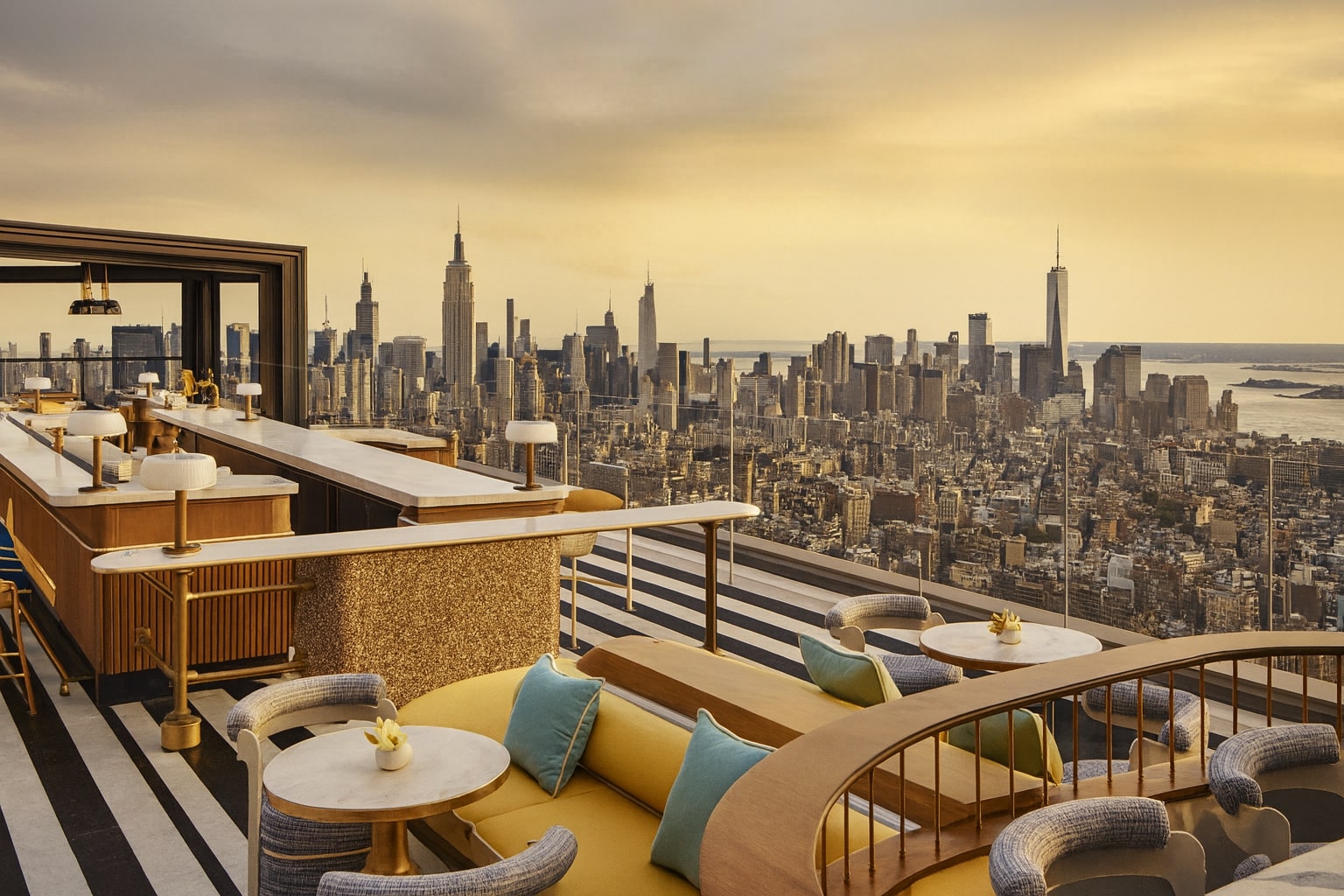Industry Spotlight
City of Yes: A “Speakeasy” Hidden in a Footnote
New York

New York has always thrived on contradictions—chaotic yet choreographed, messy yet magnetic. But for decades, zoning rules have worked quietly in the background to flatten that edge. Stores on the ground, apartments above. Rinse, repeat. Predictable. Safe. And, let’s be honest—boring.
The new City of Yes initiative is trying to snap the city out of that rigidity. It’s a sweeping zoning reform that unlocks density, adds flexibility for new housing, and—most interestingly—lets commercial and cultural life spill above the first floor. That single move might sound like a footnote, but it could radically rewire how we experience our neighborhoods.
Why the Rule Even Existed
The old logic was about control: keep noise, retail, and foot traffic “contained” at street level so that residents above could live in peace. It looked tidy on paper, but in practice, it sterilized buildings. Entire second floors sat underused or turned into awkward office suites no one wanted. Meanwhile, small businesses, creatives, and cultural spaces got squeezed out of neighborhoods because they couldn’t compete for expensive ground-floor frontage.
What the Flip Unlocks
Think about this:
- A jazz space on a rooftop, not hidden underground but looking out over the skyline.
- An artist’s studio halfway up a tower, a creative enclave carved into a living community.
- A library bar several floors above the street, quiet and unexpected in the middle of a residential building.
- A food hall stacked vertically—one floor noodles, another floor wine, another floor herbs growing under glass.
- A small fashion workshop above everyday retail, where patterns get cut against the backdrop of rooftops.
- A co-working space literally next door—or above your own apartment. No subway, no WeWork membership, just a new layer of neighborhood life.
It’s not about squeezing in more tenants. It’s about letting buildings breathe differently—allowing culture, work, and daily life to rise with the floors instead of being locked to the sidewalk.
The Personal Impact
For the individual, this is where it gets real:
- Choice. Instead of being limited to a handful of chains that can afford ground-floor rent, you’ll see independent operators move upstairs, where costs are lower. That translates to more local flavor and more options that feel designed for you—not just for tourists or commuters.
- Community. When workspaces, wellness, and culture literally share your building, “home” doesn’t end at your front door. Your daily routine could shift from consuming a neighborhood to participating in it.
- Discovery. The city becomes less legible at a glance. You’ll have to explore, climb stairs, find hidden doors. That mystery—what’s behind the second-floor window, what’s above the laundromat—restores a sense of surprise that zoning stripped away.
Why This Moment Matters
City of Yes isn’t just policy tinkering; it’s the city saying out loud: we trust creativity more than control. It’s an acknowledgment that New York’s strength has always come from its ability to remix itself.
Will this solve housing affordability or remake every neighborhood overnight? No. But it breaks open the possibility that buildings can be more than one-note. That a rental building can double as a cultural hub. That the vertical grid of the city—the forgotten second, third, fourth floors—can pulse with the same energy as the street.
It’s less about “more retail” and more about rediscovering New York’s true luxury: surprise, culture, and community layered in unexpected places.




